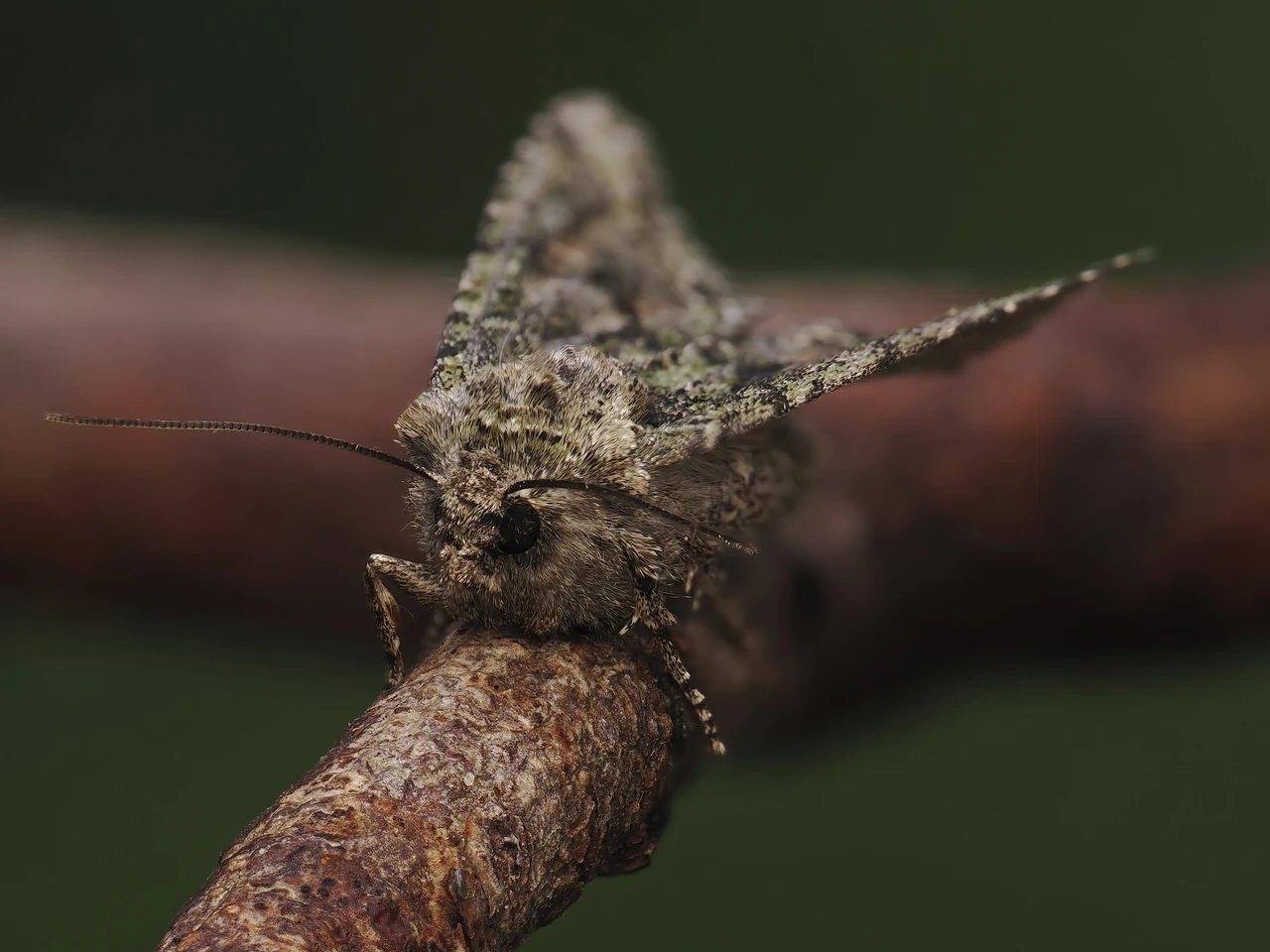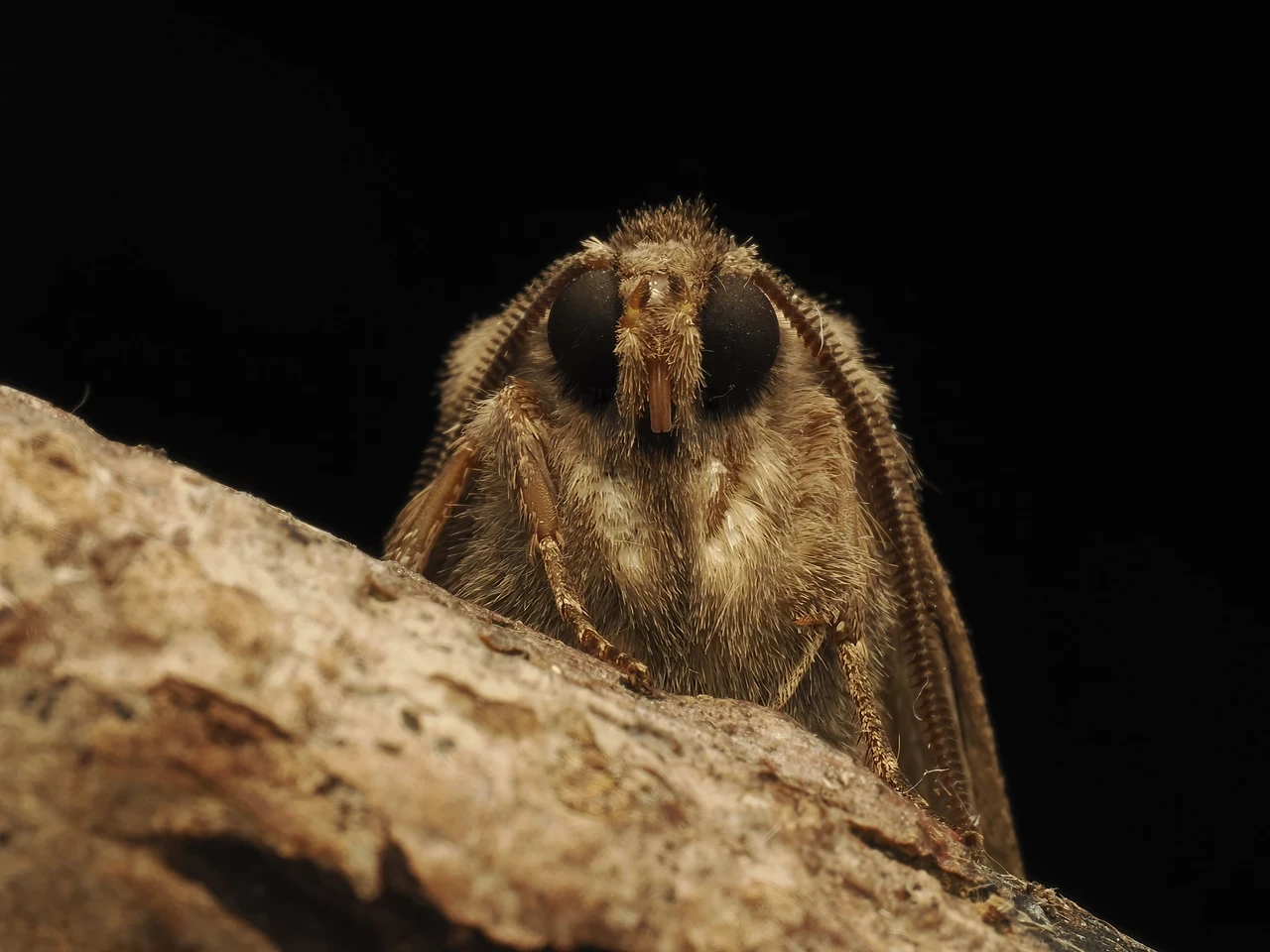
Moth Morning in The Regent's Park
Key information
Be a Citizen Scientist
Did you know that more than 400 species of moth have been recorded in The Regent’s Park? In the face of the climate emergency, we want to understand more about our moth populations to inform how we can better support them.
Thanks to the players of People’s Postcode Lottery, we have launched a new citizen science project in the park. We will be conducting new research on the park’s moths and we are inviting you to get stuck in with us!
We’re looking for volunteers to join our team on moth trap surveys to help with capturing, identifying and counting moth species before releasing them back into the wild.
Join us and get involved in urban wildlife conservation in your local Royal Park.
What you’ll learn:
- fascinating facts about moths and their role in the ecosystem
- surveying techniques
- how to use a Robinson moth trap (moths will not be harmed)
- how to help The Royal Parks collect and record important data

Dates
| Date | Time | Map Link |
Book |
| 9 July | 9am - 10.30am | Map | Register |
| 23 July | 9am - 10.30am | Map | Register |
| 6 August | 9am - 10.30am | Map | Register |
Designed for adult attendees, over 18 years of age. For more information please or email helpnaturethrive@royalparks.org.uk.
Help Nature Thrive delivers exciting biodiversity, engagement and citizen science projects across The Royal Parks. Take a look at our website for other events and ways to get involved. The Help Nature Thrive project is made possible thanks to the support of players of People’s Postcode Lottery.
Please note that these free tickets will be allocated on a first come first served basis. If the event sells out, then you will be able to join a waiting list. If you no longer require your tickets, please cancel in advance so that we may offer them to others on the waitlist.

